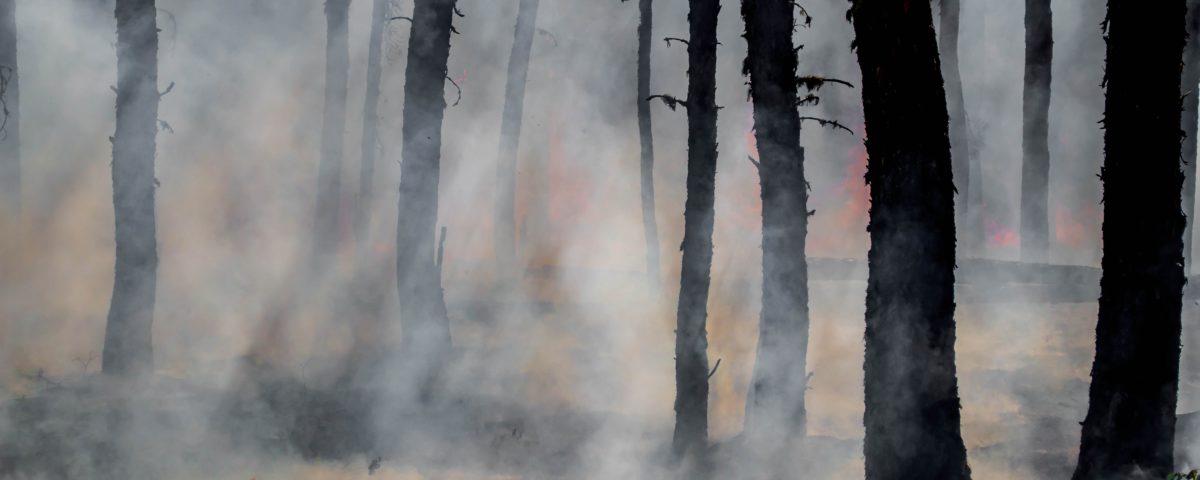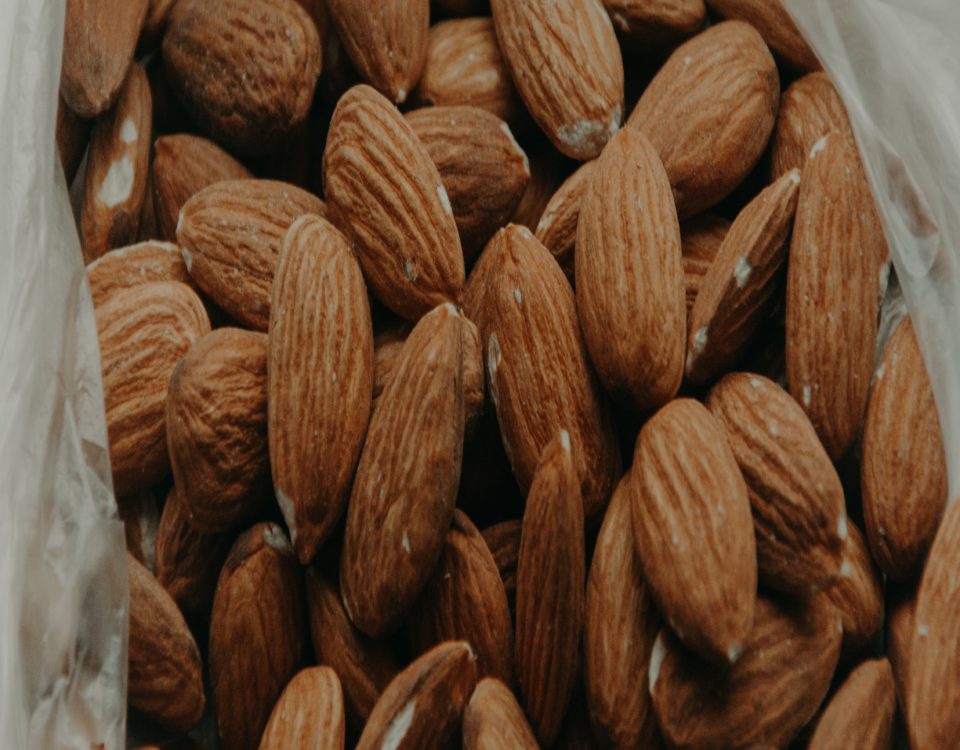- All-In-One Beekeeping for the Bees
- +1-608-728-8233
- info@beepods.com
Bad News for Bees: The Fires in Australia

Wildfires can torch native flora
Bad News for Bees

Wildfires can torch native flora, causing problems for bees
What’s happening in Australia right now is catastrophic. Due to record-breaking temperatures and extreme drought, the Land Down Under has erupted into flame. Approximately 15.6 million acres of land are now charred and it’s bad news for bees.
Though houses can be rebuilt, animals cannot be replaced and an estimated 1 billion have perished since the fires picked up speed in November. The weather is doing Australia’s citizens no favors with high winds exacerbating the already dire conditions.
It’s been a tough couple of years for Australia’s bees with civilization impinging on wild bee populations and drought conditions impacting their survival. The wildfires are only furthering issues for bees and the people who keep them. Bees in Australia join the lengthy list of casualties, expanding by the day.
Wildfires are of particular concern with bees for multiple reasons.
Melted Hives
The amount of heat produced by the fires and the staggering ambient temperatures (New South Wales has seen temperatures in upwards of 120°F in recent days) destroy existing hives.
Honeycomb, made of wax, becomes friable at 120°F. Not to mention being in close proximity to a fire, which can reach hundreds of degrees, is a death sentence for beehives. In extreme conditions, wildfires can reach 1200°F.
Bees Need Oxygen
Keep in mind, bees breathe. The massive plumes of carbon-filled smoke are not only bad for humans to breathe but also bees. Dense smoke can cause bee death just as much as the flames themselves.
For commercial beekeepers in Australia, the stakes are high. The destruction of their hives means the elimination of their income. Some beekeepers are going to great lengths to save their hives and the Croker family is no exception.
Over the course of a week, this family drove kilometers back and forth to get 3000 of their hives to safety. As they describe it, they had no choice. But even if beekeepers are able to get their hives to relative safety, avoiding the brunt of the flames and smoke, the danger doesn’t end there.
Loss of Foraging Environment

Bees in Australia, wild and managed, face an uncertain future
One of the biggest concerns with the fires is the destruction of habitat. Some scientists note the deaths of animals are not from just the fires themselves, they are from the loss of critical resources; the animals have nothing to eat or drink and nowhere to shelter.
Bees are no exception. As the fires burn native flora, it will take time for the environment to replenish its plant matter and its bad news for bees. It’s time bees don’t have. Without immediate access to pollen and nectar, the bees will die. Remember, it’s summer in Australia and peak foraging season for the bees.
Wild Bees Lose Nesting Sites
Wild bee species have been hit hard, too. The nearly 1,700 species of bees that live in Australia depend on access to trees for their nests, trees that are now smoldering.
On Kangaroo Island, a biodiverse island off the coast of South Australia, bees typically nest in yacca trees and dead banksias trees. If these trees are reduced to ashes, where will they live?
There’s no easy solution to such a high-impact event. It will require careful rebuilding over many year’s time.
Rebuilding Will Take Years
Beekeepers, some who have lost 90% of their hives, if not more, will have to sacrifice honey production so they can split hives and rebuild their numbers. For example, rebuilding involves people with available, stable land, including farmland, to allow beekeepers to set up hives. Hives could also be situated in conservation land and in national parks, while the bush recovers.
In the meantime, beekeepers could use some monetary support to get through the losses they’ve already incurred and will continue to incur if they choose to rebuild. Consumers can expect honey prices to go up as beekeepers struggle to find footing.
The psychological impact is a different beast. Beekeepers travel into the bush to attend to their hives, many of whom have witnessed the suffering of animals firsthand. Many beekeepers form relationships with their hives and it’s not unlike losing a family member. The pain they’ve seen is not just something that will go away once the fires ease up.
We are geographically far from Australia, but when biodiversity turns to ashes in one part of the world, it impacts all of us. If you want to help, please donate to these organizations:
Hive Aid
https://www.capilanohoney.com/au-en/for-bees/hive-aid
NSW Rural Fire Service
https://www.rfs.nsw.gov.au/volunteer/support-your-local-brigade
RSPCA NSW
https://www.rspcansw.org.au/bushfire-appeal/?location=stickybardesktop
Caitlin Knudsen
Latest posts by Caitlin Knudsen (see all)
- How to Change Your Students’ Lives With Project-Based Learning - November 20, 2020
- Watch The Pollinators to See How We Can All Choose to Change Agriculture - November 13, 2020
- 6 Cold Weather Feeding Tips You Have to Know - November 6, 2020



